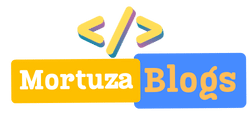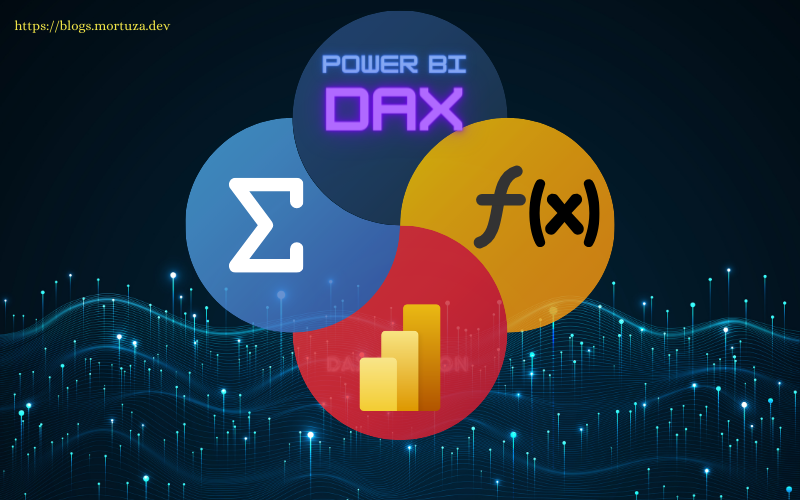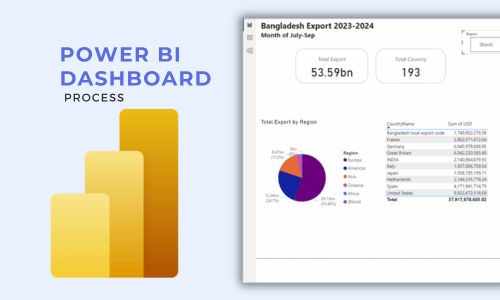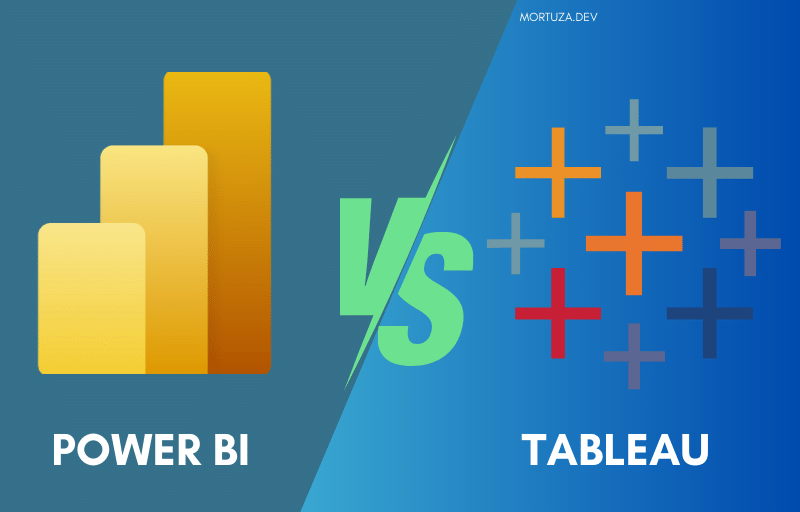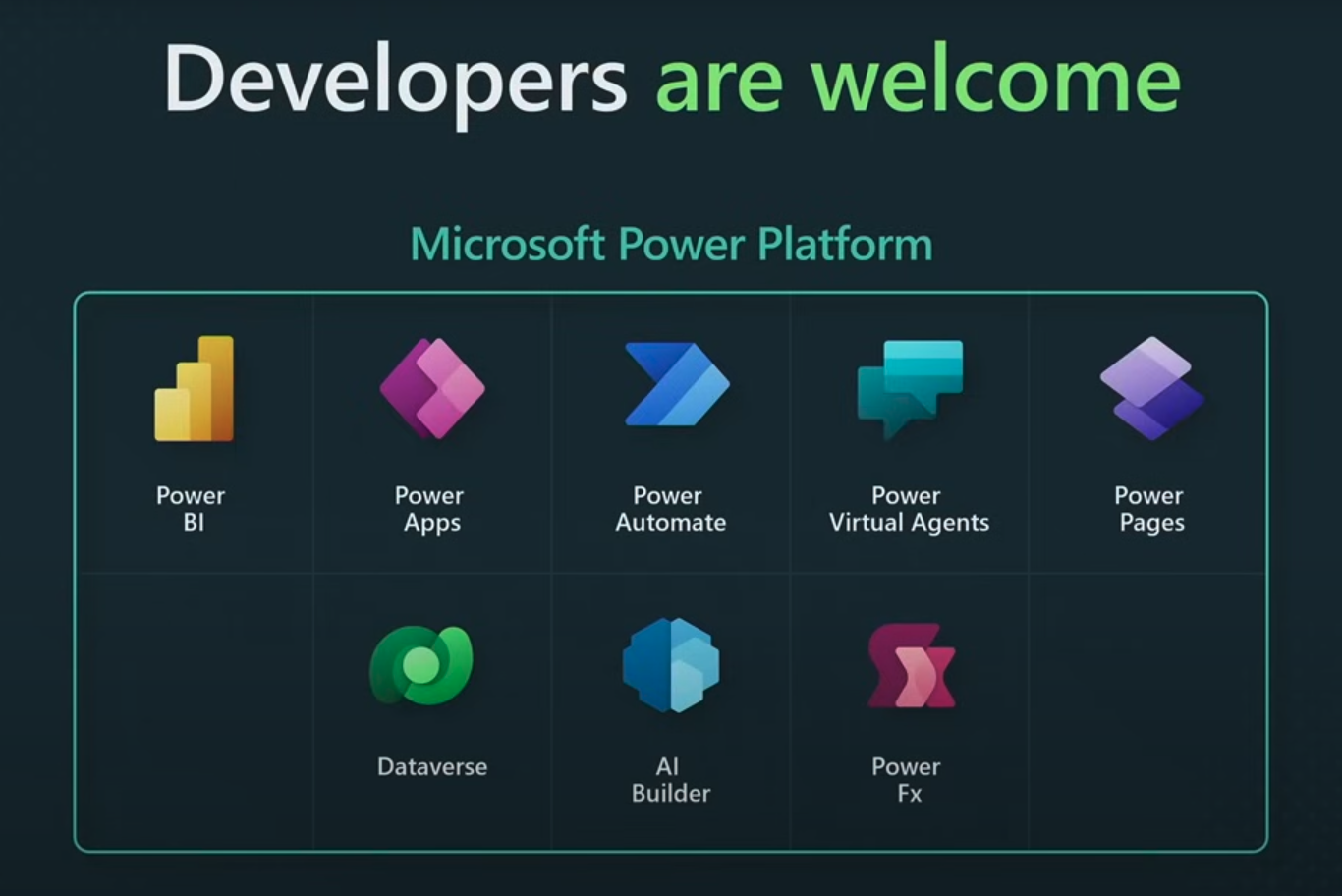
Powering the Future: Revolutionizing App Development with the Microsoft Power Platform
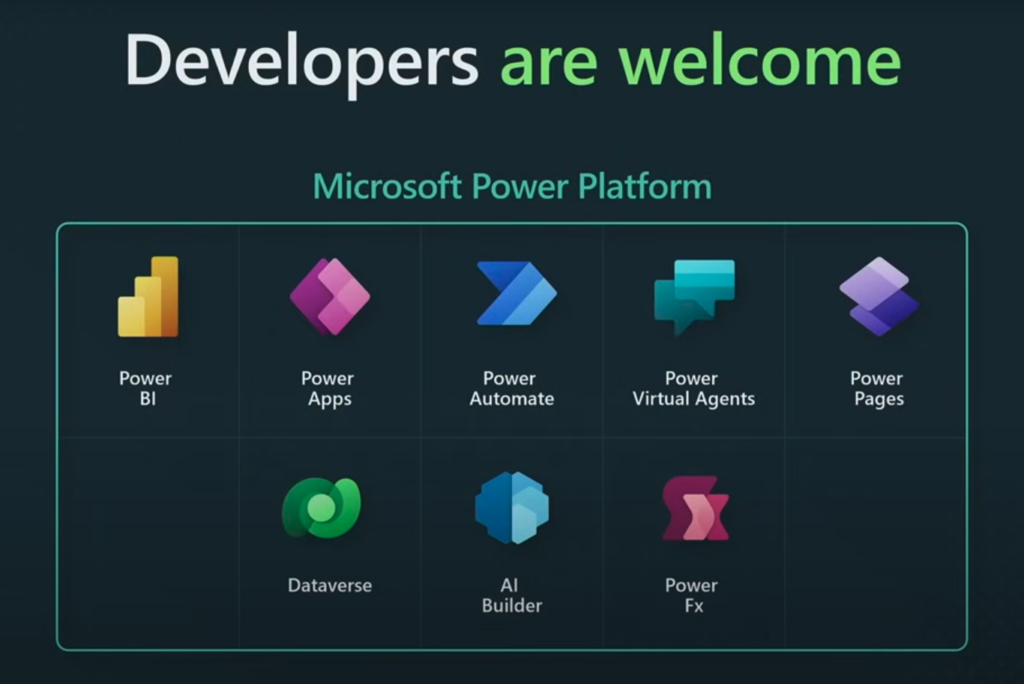
Microsoft Power Platform is a low-code/no-code platform that enables organizations to build custom apps, automate processes, and analyze data. It includes the following components:
- Power Apps: A tool for building custom business apps without writing code.
- Power Automate: A tool for automating workflows and tasks.
- Power BI: A tool for creating data visualizations and dashboards.
- Power Virtual Agents: A tool for building chatbots and virtual assistants.
- Power Pages: A tool for creating modern websites and portals.
- Dataverse: A common data service that provides a unified data model for Power Platform applications.
- AI Builder: A tool for building and deploying AI models without writing code.
- Power Fx: A low-code programming language that can be used to express logic across the Power Platform.
Power Platform applications can be integrated with Microsoft 365, Dynamics 365, and Azure, which allows organizations to create end-to-end business solutions.
Here is a brief description of each component:
- Power Apps: Power Apps is a low-code/no-code tool for building custom business apps. It provides a variety of templates and connectors to help users get started quickly. Power Apps apps can be run on any device, including web browsers, mobile devices, and tablets.
- Power Automate: Power Automate is a low-code/no-code tool for automating workflows and tasks. It provides a variety of connectors to connect to different applications and services. Power Automate workflows can be triggered by events, such as when a new email is received or a new record is created in a CRM system.
- Power BI: Power BI is a business intelligence tool for creating data visualizations and dashboards. It provides a variety of features for analyzing data, such as data modeling, data cleaning, and data visualization. Power BI dashboards can be shared with others in an organization or published to the web.
- Power Virtual Agents: Power Virtual Agents is a low-code/no-code tool for building chatbots and virtual assistants. It provides a variety of features for creating chatbots, such as natural language processing and machine learning. Power Virtual Agents chatbots can be deployed on websites, mobile apps, and Microsoft Teams.
- Power Pages: Power Pages is a low-code/no-code tool for creating modern websites and portals. It provides a variety of templates and themes to help users get started quickly. Power Pages websites can be integrated with other Power Platform components, such as Power Apps and Power BI.
- Dataverse: Dataverse is a common data service that provides a unified data model for Power Platform applications. It allows users to store data in a central location and share it across different applications. Dataverse also provides features for data security and compliance.
- AI Builder: AI Builder is a low-code/no-code tool for building and deploying AI models without writing code. It provides a variety of pre-built AI models that can be used for tasks such as image classification, object detection, and text analysis. AI Builder models can be deployed to Power Apps, Power Automate, and Power Pages.
- Power Fx: Power Fx is a low-code programming language that can be used to express logic across the Power Platform. It is based on the Excel formula language and provides a variety of functions for working with data, controlling UI elements, and integrating with external services.
Power Platform is a powerful platform that can be used to create a wide variety of applications and solutions. It is a good choice for organizations of all sizes that are looking to improve their agility, reduce costs, improve productivity, and enhance decision-making.
